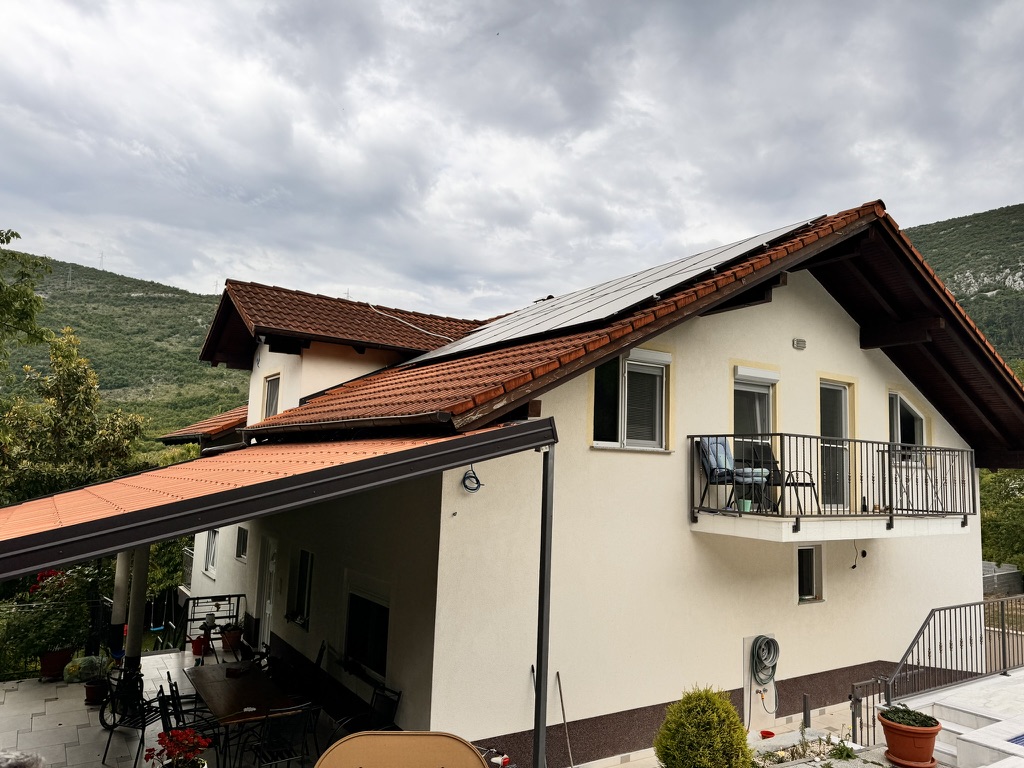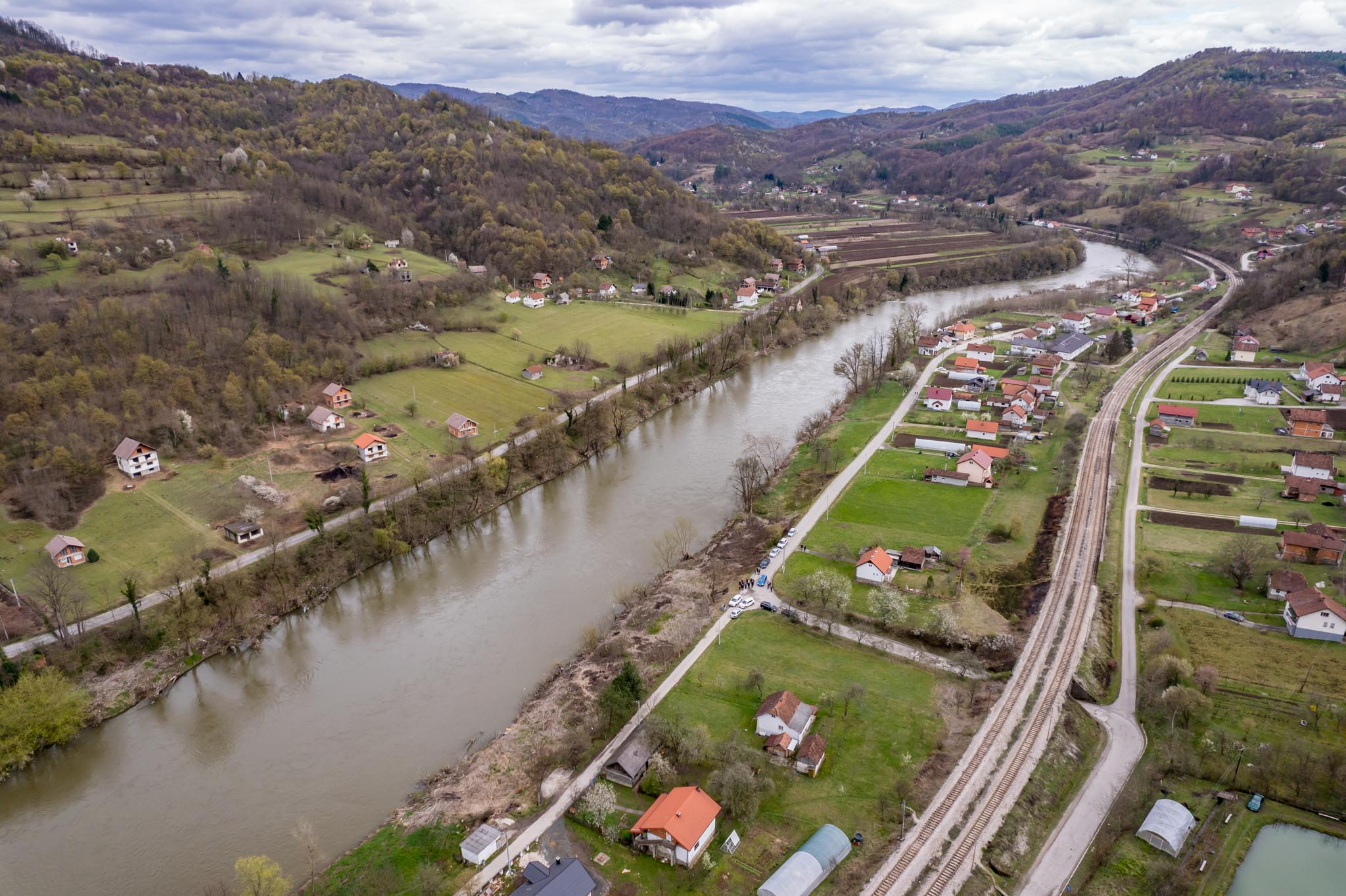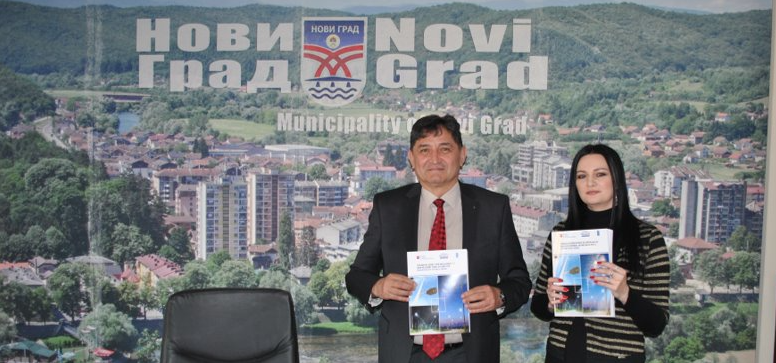RESOURCE MOBILIZATION FACILITY
Interactive Solar Atlas

Official project title: Accelerating Clean Energy Transition Through Utilization of Solar Energy Potential in Bosnia and Herzegovina
As part of the process of decarbonization and energy sustainability, Bosnia and Herzegovina has a long-term interest in increasing the share of energy from natural sources. This project directly responded to this need.
Interactive Solar Atlas, developed by the project, is the first comprehensive publicly available and free tool providing all the necessary information about the solar potential in Bosnia and Herzegovina for those interested in building a solar power plant. The Atlas provides a description of the current conditions for the construction of solar power plants, including the natural, technical and legislative conditions for their construction and the perspective of their connection to the distribution network (on grid) and to off-grid sources. The Atlas also provides all the information necessary for obtaining permits and commissioning new small (domestic) power plants as well as medium-sized power plants (public buildings, industrial buildings, etc.).
Atlas was also practically used during the project. New solar systems were installed in more than 60 houses with over 300 people in the cities of Gradiška, Cazin, Mostar and Prijedor. The installed capacity of the PV plant exceeds 350kwp. For another 30 households, project documentation has been prepared.
Photovoltaics For Water Utility Companies
Official project title: Photovoltaics for Water Utility Companies (WUC)
The project aimed to increase the share of renewable resources in the energy balance of WUC and subsequently reduce the cost of electricity, which allows WUC to continue to operate effectively. Within the project, project documentation for eleven photovoltaic power plants in 6 cities was developed: Tešanj, Teslić, Velika Kladuša, Tuzla, Kojjic and Živinice. The total installed capacity output of the planned power plants is 926,05 kWp, which should directly contribute to reducing emissions by 762.36 tons of CO2 per year. The investment itself was covered by Swedish and BiH Government funds.
Maglaj Peace Bridge

Official project title: Development of the design documents for construction of the “Peace Bridge” on Bosna River in Maglaj
The project developed documentation necessary for obtaining permits and the actual construction of the Peace Bridge near Maglaj in the same location where it stood before the Bosnian War. The reconstruction should reconnect the divided communities. Representatives of the local and national government pledged the resources needed to build the bridge that is expected soon.
In addition to the practical result of the construction of the bridge, the project also has a strong symbolic aspect of the ongoing post-war reconciliation of communities in BIH. Its implementation was strongly acknowledged by Slovak diplomacy and the OSCE.
Investment Model For Energy-saving Public Lighting

Official project title: Development of a private-public investment model for EE street light systems in Bosnia and Herzegovina
The project aimed to reduce public lighting energy consumption in 14 municipalities in Bosnia and Herzegovina: Cazin, Živinice, Gradiška, Domaljevac-Šamac, Kalesija, Zavidovići, Sapna, Srebrenica, Laktaši, Mrkonjić Grad, Novi Grad, Srbac, Teslić, and Donji Vakuf.
Project developed the feasibility studies of modernizing the current public lighting to modern LED lighting, including the calculations of energy savings under the new system, environmental impact assessment, and calculation of financial cost and expected savings. The project documentation also includes the financing model proposals for individual local self-governments. Based on developed documents, municipalities have been able to search for financing, or carry out the reconstruction themselves. UNDP also supports municipalities with identification the financing and implementing partners.
The description and introduction of the ESCO financing model was one of the main recommendations in the preparation of projects for reconstruction of public lighting. It was used for the first time by municipalities during the reconstruction of public lighting in Bosnia and Herzegovina. Already, more than half of the participating municipalities are implementing total or partial reconstruction of public lighting based on delivered projects. ESCO model of financing is already used in more than 30 projects throughout the country.

